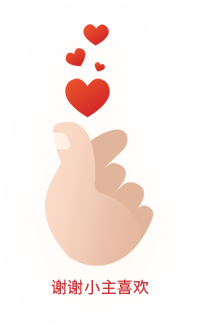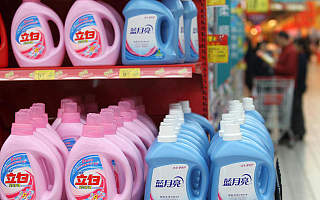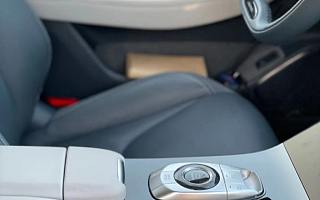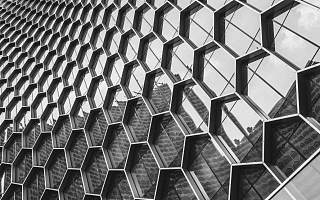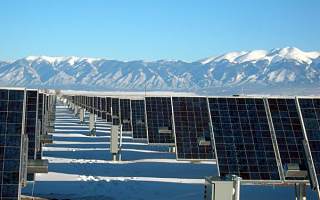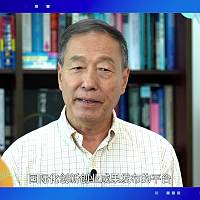The Hyaluronan Market, A New Found Gold Mine in China
The hype for medical cosmetology in the Chinese stock market has been firing up for three consecutive months, lasting into July. For instance, Imeik Technology, Bloomage Biotechnology Corporation, and Haohai Biological Technology broke their share price records at RMB¥844.44, RMB¥314.99, and RMB¥282 respectively this month. Amid the increasing prosperity of the medical cosmetology sector, upstream companies that focus on hyaluronan products have made massive harvests.
Bloomage BioTechnology's recently launched pet product brand HAPAWS has rolled out two cat food products with hyaluronan in partnership with MU'GGULES, claiming that the products can help nourish cats' skin, keep joints moving, and repair injuries. These new products are part of Bloomage BioTechnology's strategy to penetrate the food market with a niche selling point.
Before hyaluronan cat food, there was already hyaluronan drinking water and toothpaste. It seems everything can combine with this magical substance and be reinvented into a new product.
If you have hyaluronan in your products, chances are you can sell them at a much higher price, be it cosmetic products, drinking water, or even cat food. The hype for hyaluronic acid has brought about thousands of companies valued at over ten million RMB in China, making the market a rapidly growing industrial chain that spans from plastic surgery and makeup to food.
Hyaluronic acid, also known as hyaluronan, is a clear, gooey substance that is naturally produced by your body. The largest amounts of it are found in your skin, connective tissue, and eyes. Its main function is to retain water to keep your tissues well lubricated and moist.
Hyaluronan is said to be able to hold up over 500 times its weight in water.
Why is hyaluronan so expensive?
Cat food with only 0.1% of hyaluronan, for instance, is priced at RMB175 per kilogram. Such a price point is 100% more expensive than average cat food on the market. With the same money, consumers can already purchase high-end imported cat food. Similar pricing can also be found on hyaluronan drinking water and snacks. Hankow Er Chang's soda water for example, which contains 68mg of hyaluronan in each bottle, is sold at RMB10.8. This shows that hyaluronan can increase the price of drinking water by several times.
Hyaluronan products are expensive for two reasons: market scarcity and high marketing cost. Bloomage BioTechnology is the first and only company to have the qualification to produce food products with hyaluronan. There is no direct competitor for the company in China. Secondly, the high marketing cost adds up to the retail price of the products.
High marketing cost is inevitable for Bloomage BioTechnology since the hyaluronan market is rather new in China. Whether it is in the traditional cosmetic surgery industry, or on beauty products, cash-burning marketing campaigns have been inevitable.
Hyaluronan is equally expensive in cosmetic surgeries even when compared with emerging products such as hyaluronan pet food, snacks, and beverages. The lucrative market has given rise to prominent A-share star company Imeik Technology, Bloomage BioTechnology, and cross-sector player Haohai Biological Technology.
Non-surgical cosmetic procedures have been key parts of medical cosmetology, with hyaluronan injection and botox injection being the most popular programs. In China, there are two options when it comes to hyaluronan injections: Chinese ones or imported ones. Imported hyaluronan injections are generally expensive while the made-in-China ones might not be as expensive but have a higher profit margin.
Even though China is the biggest hyaluronan producer in the world, the hyaluronan injection market in the country is still dominated by foreign brands, especially in the mid and high-end market. To put it into perspective, China accounted for 81% of the sales volume of hyaluronan in 2019. Bloomge BioTechnology is also the biggest supplier of hyaluronan across the globe, holding nearly half of the global market share.
In 2019, LG, Allergan, Humedix, and Q-Med accounted for 24.2%, 18.6%, 14.3%, and 10.9% of the sales volume, statistics from Frost & Sullivan show. This also confirms that imported hyaluronan products are generally more expensive than Chinese ones.
In addition, foreign brands were able to acquire a registered license in China faster than domestic companies. Q-MedAB for instance was able to receive its medical device registration certificate for its hyaluronan product in 2008, the first in the country. In contrast, Imeik Technology and Bloomage BioTechnology only got their CDFA certificate in 2009 and 2012 respectively.
In addition to the late entry into the market, Chinese brands also failed to compete with their foreign counterparts when appealing to consumers even with lower pricing.
In conclusion, despite the fact that domestic brands have provided more products of different price points for consumers to choose from, the Chinese hyaluronan market is still heavily influenced by foreign brands. When imported hyaluronan products are consumers’ top choice, it is natural for the public to perceive hyaluronan injections as luxurious.
Where does the profit margin come from?
There are three major players in the hyaluronan industry in China: Bloomage BioTechnology, Imeik Technology, and Haohai Biological Technology.
These top three players dominate the upstream of the industry, which allows them to maximize their profit margin. Upstream companies in this industry are generally material and equipment suppliers while the mid-stream companies are service providers such as medical cosmetology departments and dermatology departments of hospitals and clinics, as well as private cosmetic service providers. Downstream companies, on the other hand, focus on providing platforms for customer acquisition, such as Internet platforms like So-Young and social media platforms like Xiaohongshu.
Upstream companies can gain the most profit but have less flexibility in increasing the profit margin. In comparison, although mid and downstream companies do not gain the most profit, they contribute more to generating added value for the industry.
According to Essence Securities, the profit margin for raw material providers in the hyaluronan industry can be up to 85%-95%. The firm's statistics show that consumers pay on hyaluronan at the price of RMB¥857 per ml while the raw material cost is RMB¥30 per ml. Upstream businesses will bring up the price by RMB¥270. Distributors and cosmetics service providers will then add up the price by RMB¥557, RMB¥85 of which will be given to the doctor and RMB¥342 will be the cost for marketing and customer acquisition.
It is not easy for mid and downstream companies to make money out of hyaluronan. The profit margin for distributors is between 12% and 25%, while the number for cosmetic medicine service providers is between 50% and 70%, Guoyuan Securities' data show. However, there is a total number of over 13,000 cosmetic medicine service providers in China, which creates an extremely competitive market where the customer acquisition cost remains sky-high. The fierce competition has reduced their profit margin and made many small firms unable to achieve break-even.
Upstream companies have natural advantages in maintaining their profit margin in the industry because of the technological and qualification barriers. These barriers also make it difficult for distributors and service providers to find a replacement. Even if they find a replacement, the cost to transition is often very high.
Technological and qualification barriers are difficult to overcome. The top three players in the Chinese market have first-mover advantages. Even if an emerging company can develop new technology, it will still take the company three to five years to complete product R&D, clinical trials and get its products examined by the authority. Imeik Technology was able to secure its status in the market because of its success in getting the level three medical equipment certificate for its product Hearty. Bloomage BioTechnology, on the other hand, had to undergo 16 years of efforts to get the relevant permit from the authority to enter the hyaluronan food market. To date, there are only six companies in China that have received a qualification certificate from the authority.
The top three hyaluronic acid players in China
Imeik Technology, Haohai Biological Technology, and Bloomage BioTechnology have distinct business operations. Imeik Technology focuses on hyaluronan injection for cosmetic procedures, while Haohai Biological Technology is dedicated to hyaluronan for orthopedics and ophthalmology. Bloomage BioTechnology on the other hand pays attention to hyaluronan raw material supply, skincare products, and cosmetics medicine. In 2021, Bloomage BioTechnology started to work on edible hyaluronan products.
Since its public listing in September 2020, Imeik Technology has been attracting massive attention with its hyaluronan injection products. The company currently has five hyaluronan product lines and a thread lift product, all of which have received medical equipment qualifications. Imeik's hearty is the only medical equipment approved by the National Medical Products Administration that is designed to smoothen neck wrinkles. The lack of similar products in the industry has made Hearty an ultra-successful product for Imeik.
"Imeik is an unprecedented product because it is very exclusive and has technological barriers, while other similar products have not yet received a qualification from the authority," said Gong Liansheng, founder of Meibei, a cosmetic product, and procedure e-commerce platform. Gong believes that products without any technological barrier will have their prices dropping very fast.
Bloomage BioTechnology is a top player in the hyaluronan skincare sector. Its earliest hyaluronan brand BIOHYALUX failed to gain much success in earlier years due to its low and mid-end positioning. The turning point eventually came as BIOHYALUX's lipstick collaboration with the Forbidden City Museum blew off in 2018. After BIOHYALUX's success, Bloomage BioTechnology rolled out several other skincare brands, including QuadHA, MedRepair, and Bio-MESO. In 2020, Bloomage BioTechnology's skincare business achieved an income of RMB¥1.346 billion.
Besides being a successful skincare brand owner, Bloomage BioTechnology is also the biggest hyaluronan raw material provider in the world. However, its raw material supply business saw a decline in 2020 due to the impact of COVID19. As for the medical sector, Bloomage BioTechnology focuses on orthopedic injection and viscoelastic substances for ophthalmology. The company's medical business has rather slow growth when compared with top player Haohai Biological Technology.
Haohai Biological Technology has never shifted its attention away from the cosmetic medicine sector. However, its brands such as Matrifill that target the low-end market have not been able to gain traction yet. In August last year, Haohai rolled out HYALUMATRIX to penetrate the high-end hyaluronan market.
Bloomage BioTechnology is also seeking new growth points, eyeing the edible hyaluronan market that has a larger scale. The company started to apply for a certificate for edible hyaluronan in 2016 and acquired a company that specializes in edible hyaluronan.
According to Essence Securities' estimates, the sales volume of China's edible hyaluronan raw materials will reach 787 tons in the mid and long term, with the scale of the edible hyaluronan raw material market potentially reaching RMB¥800 million. The sector is expected to bring in revenue growth of RMB¥1.2 billion for Bloomage Biotechnology.
更多精彩内容,关注钛媒体微信号(ID:taimeiti),或者下载钛媒体App
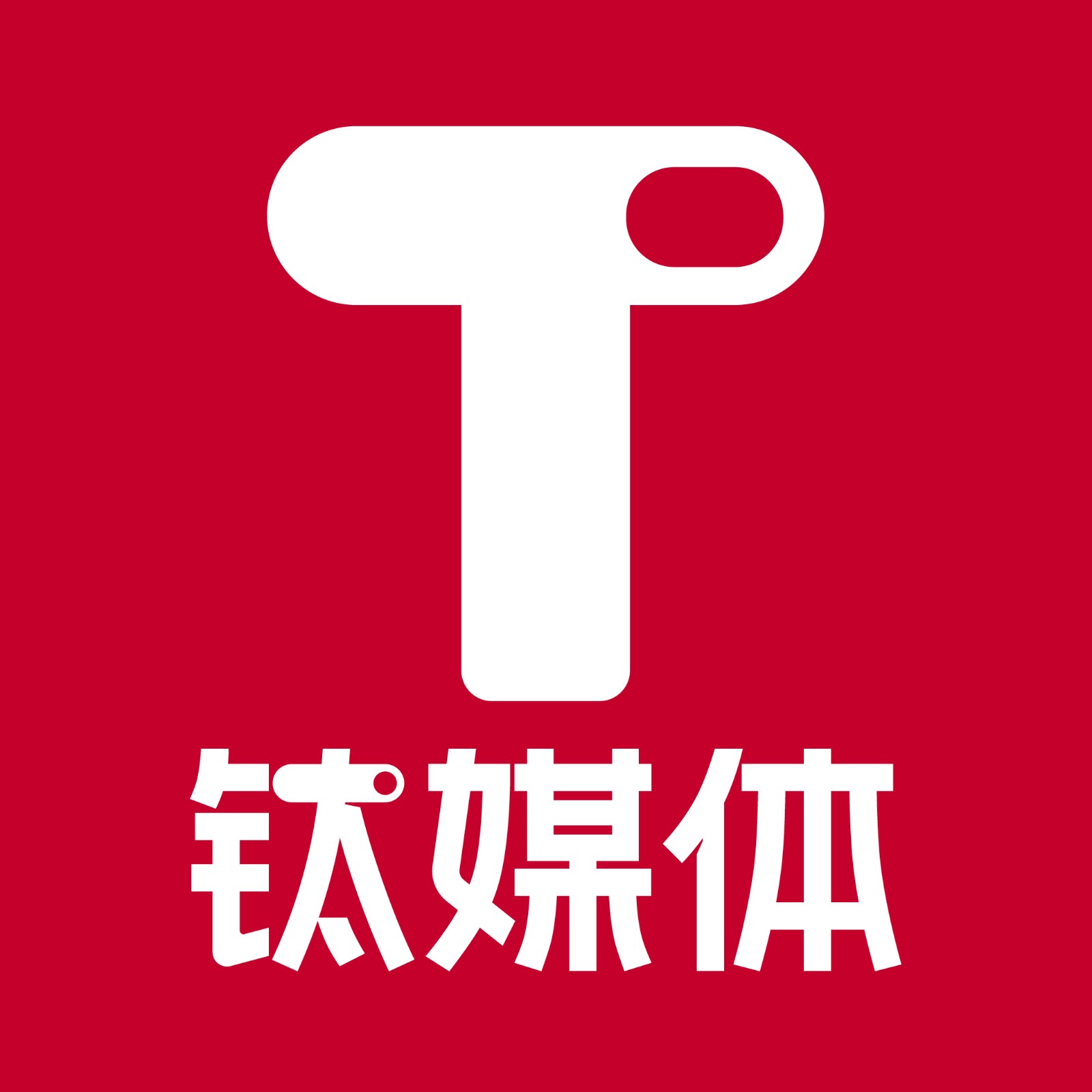
钛媒体 App
13965篇文章TA的动态
2022-09-14 钛媒体 App发布了 《星巴克加码中国市场,未来三年要新增开3000家门店|钛快讯》的文章
2022-08-11 钛媒体 App发布了 《白云山麾下公司虚抬药价“把戏”,被拆穿了》的文章
2022-07-06 钛媒体 App发布了 《为了帮00后卷王找到工作,简历修改师们拼了》的文章
2022-07-06 钛媒体 App发布了 《威尼斯向游客收“进城费”,国内城市如何借鉴?》的文章
2022-03-25 钛媒体 App发布了 《蔚来2021年财报发布:年营收361亿元,整车毛利率达到20.1%》的文章


